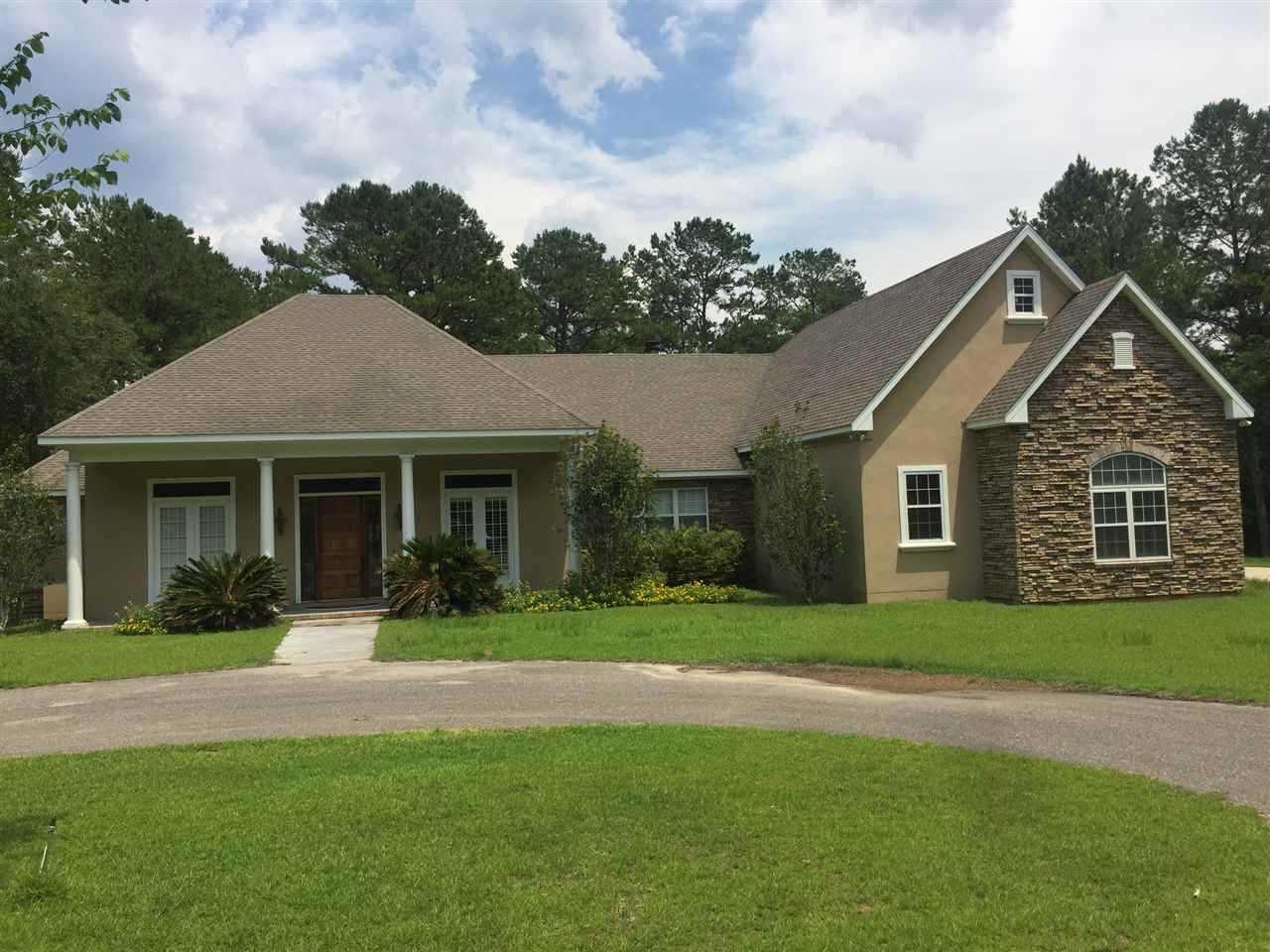
7,9 Structural racism in the housing market created undervalued, marginalized neighborhoods with under-resourced, lower-quality schools, inadequate housing, fewer job opportunities, limited services, deficient food supplies, and neglected public infrastructure. 9Ī significant part of the racial wealth divide at all income levels is related to lower rates of homeownership and lower home values among people of color. In addition, residential segregation increases racial disparities in housing stability, homeownership, and property values. Employment and wage discrimination further entrench the divide, as do discriminatory tax codes, credit exclusion, and loan denial. Structural barriers include laws, policies, institutional practices, and economic arrangements that create unequal conditions.

Individual efforts alone cannot overcome the structural barriers that maintain the racial wealth divide. 6,7 The twentieth century has thousands of examples of riots, destruction, and violence against Black communities in which people were killed and homes, businesses, and communities were destroyed. For example, discriminatory housing, lending, and exclusionary zoning policies were explicit in the Jim Crow era. After emancipation, people of color who accumulated some wealth repeatedly had it stripped from them through government action or violence. 5 This generated wealth for white people at the expense of people of color. The racial wealth divide began with the forced relocation and genocide of Native communities by settlers and through federal government policy and continued with the exploitation of slave labor that fueled the US economy for all states. In the lowest income quintile, white households have about 400 times the wealth of Black households. five equal groups) white households have more than three times the wealth of Black households. For example, the Federal Reserve’s 2016 survey suggests white households have ten times the wealth of Black households. White families have significantly greater wealth than families identifying as any other group whether Black, Hispanic, Asian, multi-racial, American Indian, Alaska Native, or any other background, and the divide is growing. The racial wealth divide, also called the racial wealth gap, refers to financial disparities between families from different racial, ethnic, or Native backgrounds. 1,2 What is the racial wealth divide and why does it exist? Community wealth is associated with community resilience, meaning how well communities can withstand shocks, such as climate-related disasters. Individual and household wealth impacts the overall health and wealth of communities. It also provides the collateral necessary to take risks to gain more wealth through investments and entrepreneurship. Wealth increases access to opportunities like higher education, retirement, and business ownership. Wealth is more difficult to measure than income but is a better indicator of a household’s resources and ability to withstand emergencies and financial setbacks such as illnesses, accidents, job losses, or unexpected housing expenses.

It accumulates over time and is often passed from one generation to the next.

What is economic wealth?Įconomic wealth is the total value of a household’s income and assets, including investments, a home, and any other owned real estate, minus any debts. These solutions account for historical practices that established and maintain the wealth divide– and reduce wealth inequities by increasing income and assets, expanding employment opportunities, removing barriers to quality education, and increasing access to homeownership.Įxplore the curated list here. The Racial Wealth Building Curated Strategy List features evidence-informed strategies to close the racial wealth divide.


 0 kommentar(er)
0 kommentar(er)
